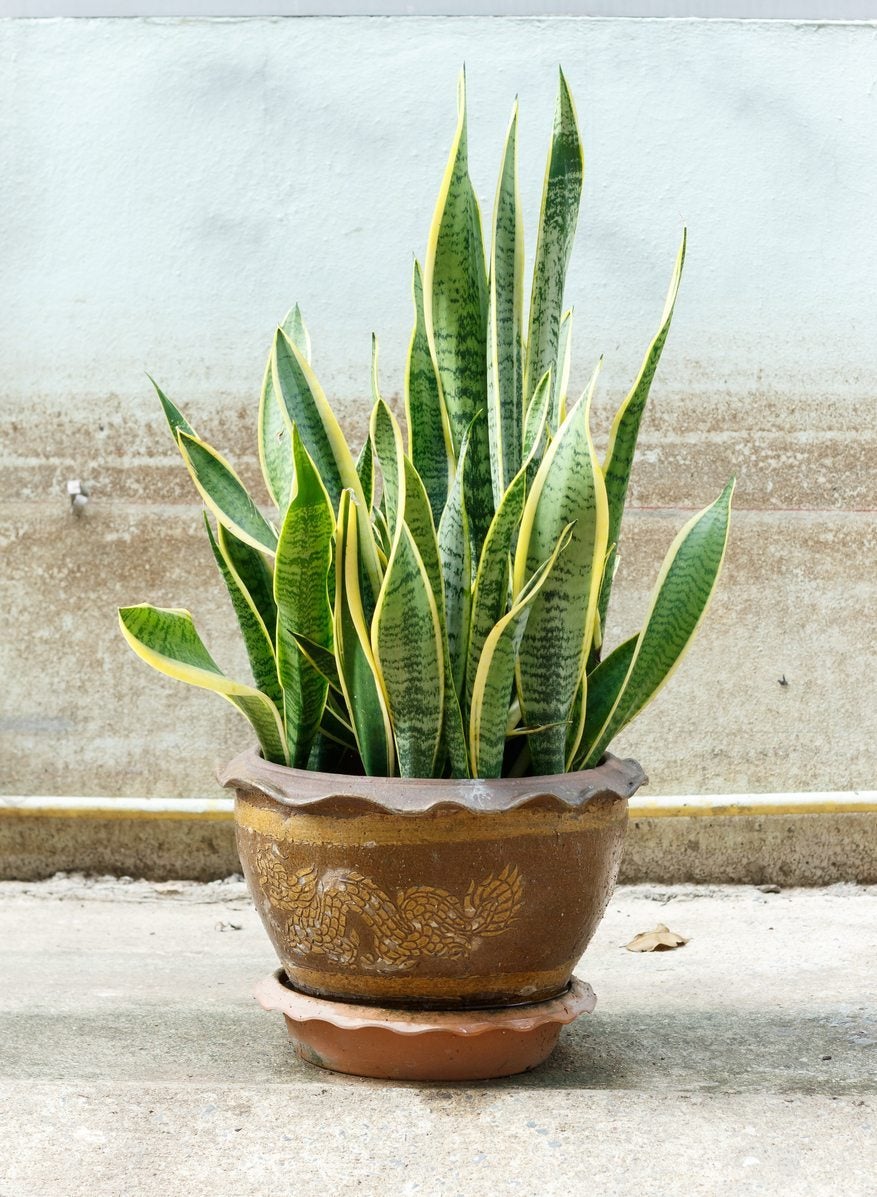Snake Plant Problems: Leaves Curling On Mother-In-Law’s Tongue


Snake plant problems are rare and these common houseplants are so popular because they are easy to grow. You can neglect your snake plant for weeks and it will still likely thrive. Although this plant is very tolerant, it does need some basic care and it can show problems, including curling leaves, if neglected for too long. Read on for causes and what to do for a snake plant with curling leaves.
Why are My Snake Plant’s Leaves Curling?
Also known as mother in law’s tongue, snake plant is a great houseplant. The leaves of the snake plant are straight and regal, growing nearly as tall as three feet (1 m.) in some varieties. You’ll know something is wrong, though, when you see curled leaves on snake plants. What does this look like? The leaves will curl or fold in on themselves. They may look a little twisted and show signs of weakness before ultimately dying. You can take steps to prevent or manage curling leaves by knowing what to look for. The most likely cause of leaves curling on mother in law’s tongue and other varieties of snake plant is an infestation of thrips. Thrips are a tiny pest that you may not even be able to see. What you can see, though, is the result of the infestation. In addition to the curling leaves, you will see and feel rough patches. This is the result of the pest feeding on the leaves. Thrips can harm and even kill your plant, but these pests may also pass on viral infections, so treating it is essential.
Treating Snake Plants with Curling Leaves
To treat your snake plant that you suspect is infected with thrips, first remove all infected leaves entirely. Dispose of them so that they cannot infect any other plants. Next, wipe down remaining healthy leaves on your snake plant. A wet cotton ball or cloth will suffice, but wipe them down thoroughly and on both sides. While snake plant problems are not common, thrips is an infestation that can wipe out one or more plants. Be aware of the signs and treat your plants accordingly. If a plant does not look like it can be saved, destroy it so that it cannot infect your other plants. Also, keep in mind that strong, healthy plants are less likely to become a smorgasbord to pests. Regular, routine care of your snake plants will go a long way in preventing issues like this.
Sign up for the Gardening Know How newsletter today and receive a free copy of our e-book "How to Grow Delicious Tomatoes".

Mary Ellen Ellis has been gardening for over 20 years. With degrees in Chemistry and Biology, Mary Ellen's specialties are flowers, native plants, and herbs.